The Québec maritime Blog
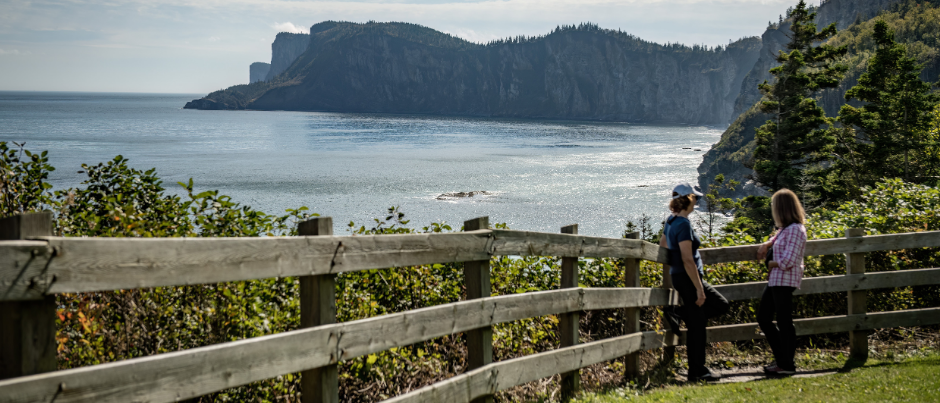
-
Forillon National Park, Gaspésie
Sébastien St-Jean
Discover the National Parks of Eastern Québec
Much to the delight of nature lovers and outdoor enthusiasts, Eastern Québec is home to 10 national parks scattered throughout the regions of Bas-Saint-Laurent, Gaspésie and Côte-Nord. From amazing hikes and wildlife sightings to unique water sports, these parks offer numerous attractions and diverse landscapes. Each park is different, so lace up your hiking boots and set off to discover these spectacular natural sites!
Parc national du Lac-Témiscouata
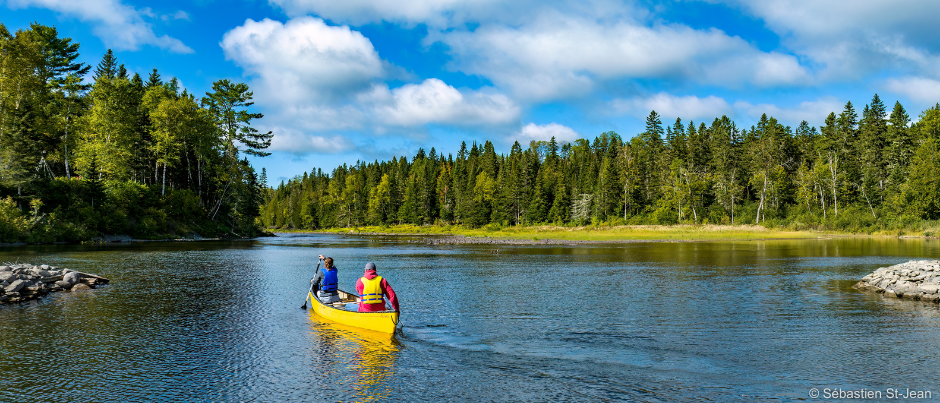
What it is: Covering an area of 175 km2 (70 sq. mi.), this park stretches along Lake Témiscouata, the largest lake in the region, and is an area of great archaeological interest.
Where it is: The park is in the Témiscouata area in Bas-Saint-Laurent and is accessible via the Squatec, Saint-Juste and Dégelis sectors. In the summer, pedestrians and cyclists can also board the L’Épinoche water shuttle, which will take them from Témiscouata-sur-le-Lac to Anse à William.
When it’s open: The park is open year-round; however, access, services and activities may vary according to the time of year and park sector.
What to do in the park: Dotted with lakes, this park is a great place for water sports. On the agenda: canoeing, kayaking, paddleboarding, etc. For a unique experience, go on a rabaska canoe excursion in the wake of the Wolastoqiyik, the local First Nations people.
Lodging options: The park offers several camping options, including glamping (“ready-to-camp”) units and campsites reserved for touring cyclists.
As a bonus: Ten trails totalling 38 km (24 mi.) allow you to explore the park on foot. To discover the biodiversity of this area, opt for the magnificent Montagne-du-Fourneau hike. This 5.8-km (3.6-mi.) intermediate loop trail will give you the opportunity to admire an exceptional pine forest and enjoy majestic views of Lake Témiscouata. If you’re travelling with your canine companion, you’ll be happy to hear that dogs are now allowed on this trail!
Parc national du Bic
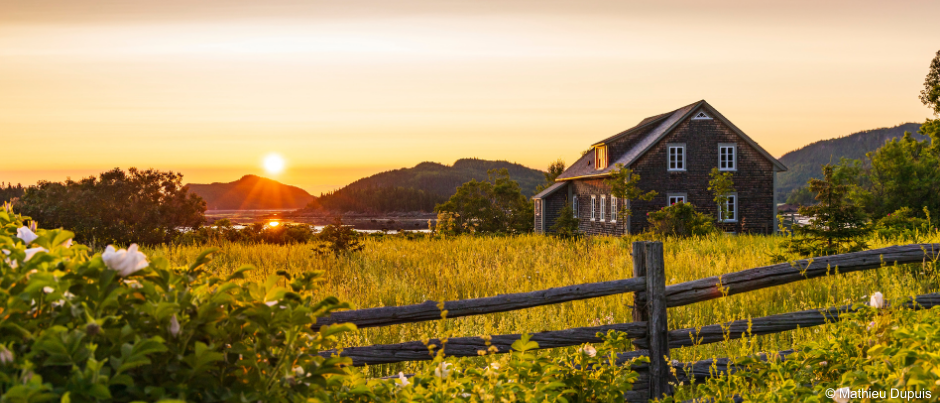
What it is: Located along the St. Lawrence Estuary, this park is made up of islands, coves, mountains and capes.
Where it is: The park is in Le Bic, a few kilometres from downtown Rimouski, in Bas-Saint-Laurent.
When it’s open: The park is open year-round; however, access, services and activities may vary according to the time of year and park sector.
What to do in the park: There are many trails to explore in this park, and a short walk will take you to breathtaking vistas. For a pleasant stroll along the shoreline, opt for the Chemin-du-Nord trail, which starts from the Rioux Farm Discovery and Visitors Centre. If you’d like to try your luck at spotting seals at low tide, follow the 5.7-km (3.5-mi.) Les Anses intermediate trail, which will lead you to an observation site. Finally, don’t miss the Raoul-Roy lookout, where you can soak up a panoramic view of the sea and then explore the Les Murailles trail.
Lodging options: The park offers tent and RV campsites, glamping (“ready-to-camp”) units, yurts and cabins.
As a bonus: Due to its location, the park offers many opportunities for memorable wildlife sightings, particularly of seals, which live here in large numbers. A naturalist park ranger is frequently available at Cap Caribou or Pointe-aux-Épinettes to provide you with information about the various species of seals found in the park.
Parc national de Miguasha
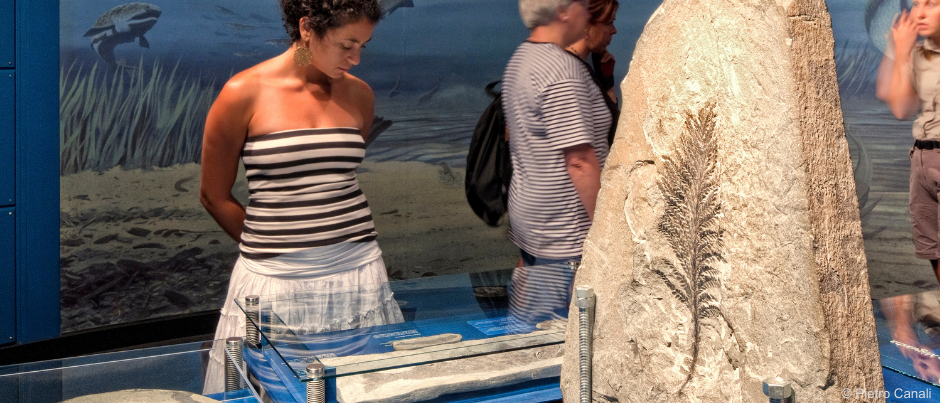
What it is: Included on the prestigious UNESCO World Heritage List, this park is renowned worldwide for its unusually well-preserved fossils.
Where it is: The park is in Nouvelle, at the gateway to the La Baie-des-Chaleurs sector in Gaspésie.
When it’s open: The park is open from late May to October.
What to do in the park: There’s no shortage of things to do in this park! Start with two exhibitions: From Water to Land, which presents a remarkable collection of fossils discovered on site, and Elpistostege: The Origins of a Quest, which will give you the opportunity to admire the only complete specimen of Elpistostege watsoni ever found in the world! Next, follow the 3.5-km (2.2-mi.) “Evolution of Life” trail, which includes interpretive panels, to learn all about the main stages in the history of life on Earth, from the appearance of the first vertebrates to the evolution of humans.
As a bonus: Participate in a unique activity: explore a fossil cliff where some 16,000 fish, plant and invertebrate fossils have been discovered—these specimens are about 380 million years old! A park ranger on site will be happy to tell you more about the research and excavations conducted here. Paleontology buffs won’t want to miss this trip back in time!
Parc national de l’Île-Bonaventure-et-du-Rocher-Percé
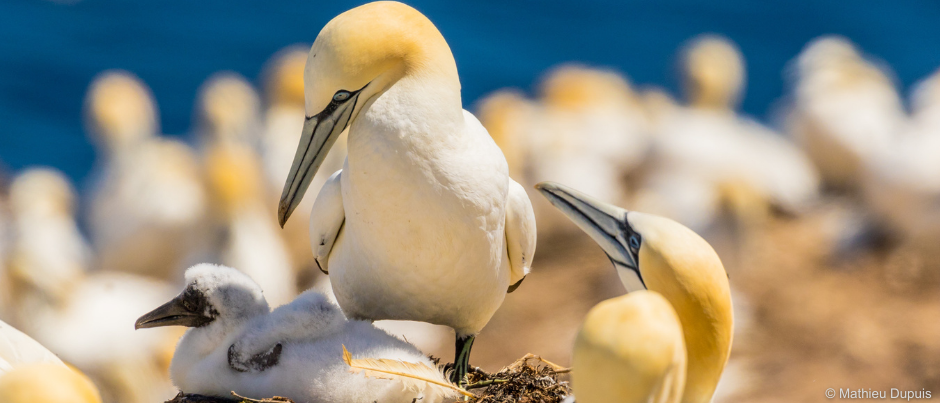
What it is: This park protects legendary Percé Rock, one of Quebec’s most iconic tourist attractions, as well as Bonaventure Island, an exceptional bird-watching site.
Where it is: The park is in Percé, at the tip of the Gaspé Peninsula.
When it’s open: The park is open from late May to October.
What to do in the park: This park is home to North America’s largest migratory bird sanctuary, which includes the world’s most accessible northern gannet colony, a must-see for all bird lovers! To reach the colony, follow Chemin du Roy, a 9.4-km (5.8-mi.) trail that loops around Bonaventure Island—you’re likely to spot seals basking in the sun along the way. Once you arrive at the northern gannet colony, you’ll be greeted by the impressive sight and sounds of 110,000 birds!
As a bonus: To get to Bonaventure Island, you’ll have to go on a sea excursion lasting about one hour (unless you hop on the first ferry of the day, the only direct trip, which departs at 8:30 a.m.). During the excursion, you’ll be able to admire Percé Rock and various wildlife species living in this area. Keep your eyes peeled and you may even catch a glimpse of a whale!
Parc national de la Gaspésie
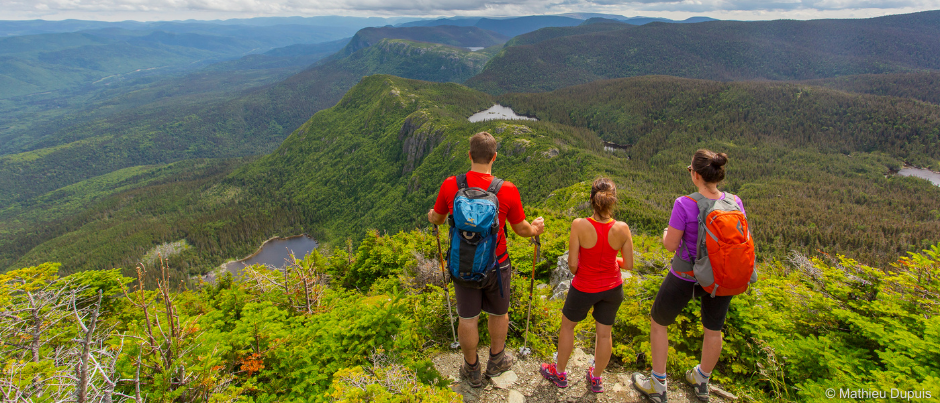
What it is: This park is home to spectacular wild landscapes, including 25 mountains over 1000 metres (3300 feet) high and the only woodland caribou herd found south of the St. Lawrence. The park also offers unique opportunities for visitors to see moose in their natural environment.
Where it is: The park is at the heart of the Gaspé Peninsula, about 20 km (12 mi.) inland from Sainte-Anne-des-Monts. Route 299 bisects the park from north to south.
When it’s open: The park is open year-round; however, access, services and activities may vary according to the time of year and park sector.
What to do in the park: A hiker’s paradise, this park boasts 140 km (90 mi.) of trails through the mountains, ranging from easy to expert. You’re bound to find a route that suits your wishes and physical condition! For diehards, the hike not to miss is up the Mont-Albert trail, a steady 12.6-km (7.8-mi.) expert-level climb that leads to a breathtaking panoramic view from the top of Mt. Albert. If you’re looking for an intermediate hike, the 4.6-km (2.6-mi.) Mont-Ernest-Laforce trail is a classic that offers a particularly striking 360-degree view of the surrounding mountains.
Lodging options: The park offers lodging in campsites, glamping (“ready-to-camp”) units, cabins and the Gîte du Mont-Albert hotel.
As a bonus: For the complete experience, stay at the legendary Gîte du Mont-Albert hotel, which is renowned for offering warm hospitality and fine local cuisine in an enchanting mountain setting. This is a unique gourmet experience you’ll want to enjoy at least once in a lifetime!
Forillon National Park
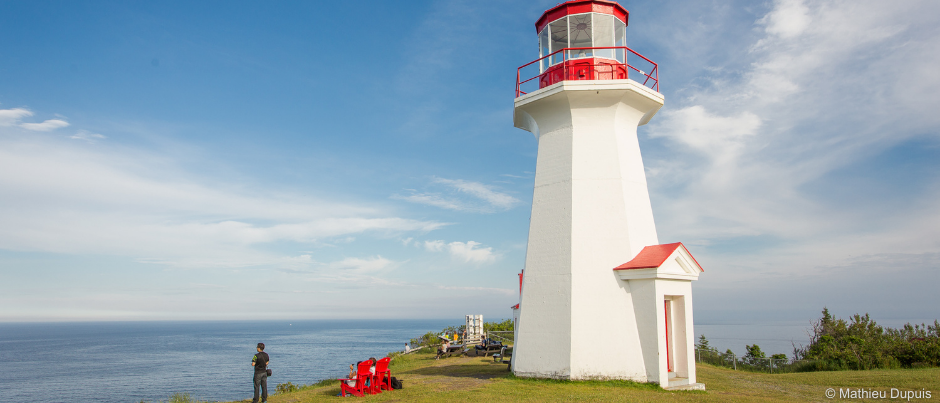
What it is: This park covers an area of 245 km² (95 sq.mi.) where forest, cliffs, sea and beach meet on a point stretching out into the Gulf of St. Lawrence.
Where it is: The park is in Gaspé, at the easternmost tip of the Gaspé Peninsula.
When it’s open: The park is open from late May to October.
What to do in the park: Would you like to stand at the edge of the world? Then you’ll want to follow the Les Graves trail along the shoreline to Cap-Gaspé, which is known as Land’s End. Apart from the last few metres, this is a relatively easy hike that will reward you with an exceptional view of the Gulf of St. Lawrence. And if you’re lucky, you may even spot a few whales! Be sure to take the time to pause and admire the magnificent Cap-Gaspé Lighthouse. Also not to be missed in this park are Cap-Bon-Ami and the Mont Saint-Alban tower.
Lodging options: The park offers many options, including tent and RV sites, oTENTik glamping tents and a micrOcube glamping unit.
As a bonus: Forillon National Park is an ideal place to observe a variety of wildlife species, including black bears, porcupines and marine mammals, so keep your eyes peeled! You can also take advantage of a whale-watching cruise or sea kayaking excursion to see seals up close.
Parc national du Fjord-du-Saguenay
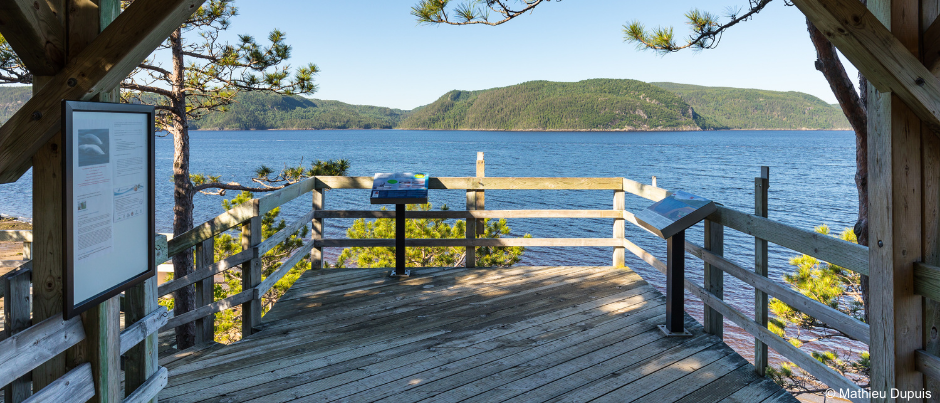
What it is: This park borders the majestic Saguenay Fjord, one of the longest fjords in the world at 105 km (65 mi.). This unique environment where fresh and saltwater mix is home to various marine mammals, including beluga whales, a protected species.
Where it is: The Baie-Sainte-Marguerite sector of the park is accessible from Sacré-Coeur while the Baie-de-Tadoussac sector is accessible from the village of Tadoussac, both in Côte-Nord.
When it’s open: Both sectors of the park are accessible from mid-May to mid-October.
What to do in the park: The park offers several hikes that provide access to breathtaking views of the Saguenay Fjord. Among these, the Le Fjord trail, which leads to the Halte du Béluga lookout, is an ideal option for families and anyone looking for a pleasant stroll in the forest. Once you arrive at the rest area, you can enjoy a stunning panoramic view of Sainte-Marguerite Bay and its marine residents. You can even walk down to the beach to dip your toes in the water.
Lodging options: The park offers several options in the Baie-Sainte-Marguerite sector, including tent and RV sites, glamping (“ready-to-camp”) units and huts.
As a bonus: Discover the Saguenay Fjord from a different angle with Mer et Monde Écotours: paddle a sea kayak on the St. Lawrence from Tadoussac to the mouth of the fjord. If you’re lucky, you’ll spot marine mammals along the way!
Saguenay–St. Lawrence Marine Park
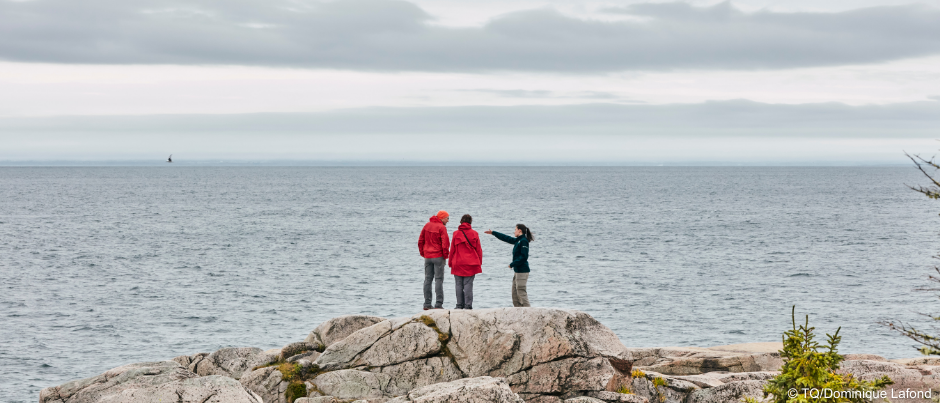
What it is: This marine protected area covers 1245 km² (480 sq. mi.) of the St. Lawrence Estuary and Saguenay River and is home to nearly 2200 wildlife species, many of which are endangered. It is also one of the best places in the world to observe whales.
Where it is: The marine park is in the St. Lawrence Estuary, from La Malbaie to Les Escoumins, in Côte-Nord.
When it’s open: The marine park is open year-round, but the best time of year to see the attractions along the park’s shores and go whale watching is from May to October.
What to do in the park: The marine park’s most popular activity is obviously the observation of marine mammals. The Cap-de-Bon-Désir Interpretation and Observation Centre is ideal for spotting them from the shore: all you have to do is sit patiently on the rocks and you’ll probably be rewarded with sightings! During opening hours, a guide is on hand to provide information about the various species you see. Another place to enjoy this activity is at the Marine Environment Discovery Centre in Les Escoumins, where you can also learn more about the underwater world of the St. Lawrence.
As a bonus: Go on a whale-watching excursion to enjoy a truly magical nature show! Several companies offer outings in the Tadoussac, Les Bergeronnes and Les Escoumins areas.
Mingan Archipelago National Park Reserve
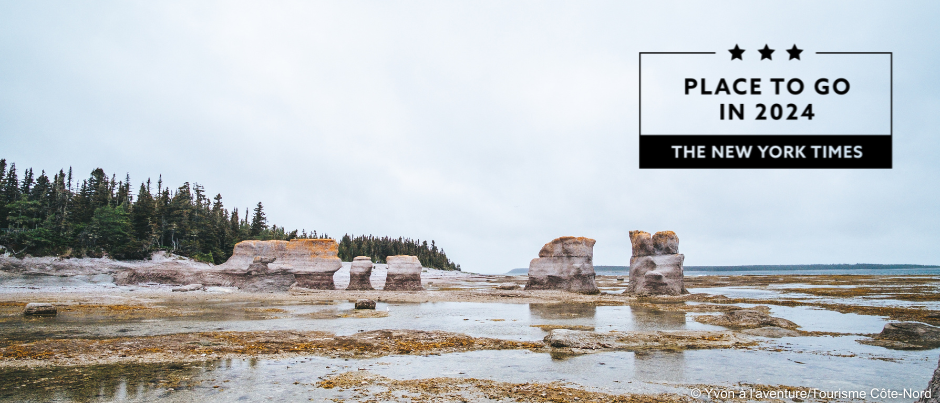
What it is: This park reserve is made up of over a thousand islands and islets and is home to the largest concentration of erosion monoliths in Canada. The New York Times recently ranked it among the 52 places to go worldwide in 2024!
Where it is: The archipelago is accessible from Havre-Saint-Pierre and Longue-Pointe-de-Mingan, in Côte-Nord. To visit the islands, you’ll need to book transportation from one of the private boat operators recognized by Parks Canada.
When it’s open: The park reserve is open from June to September.
What to do in the park: This archipelago is well worth the detour! Go for a stroll and discover the many limestone monoliths naturally sculpted by the sea over the years. In addition to these impressive rock monuments, you can admire a variety of plant and wildlife species. Arctic-alpine plants, birds, marine mammals, fossils… there are lots of amazing things to discover in the park reserve!
Lodging options: The park reserve offers wilderness campsites and two types of glamping units (oTENTik tents and Ôasis units) as well as rooms in the lightkeepers’ houses on Île aux Perroquets.
As a bonus: For a totally unusual experience, be sure to visit Île aux Perroquets where you can see hundreds of Atlantic puffins and razorbills, depending on the time of year. You’ll have the opportunity to observe them flying or feeding their chicks.
Parc national d’Anticosti
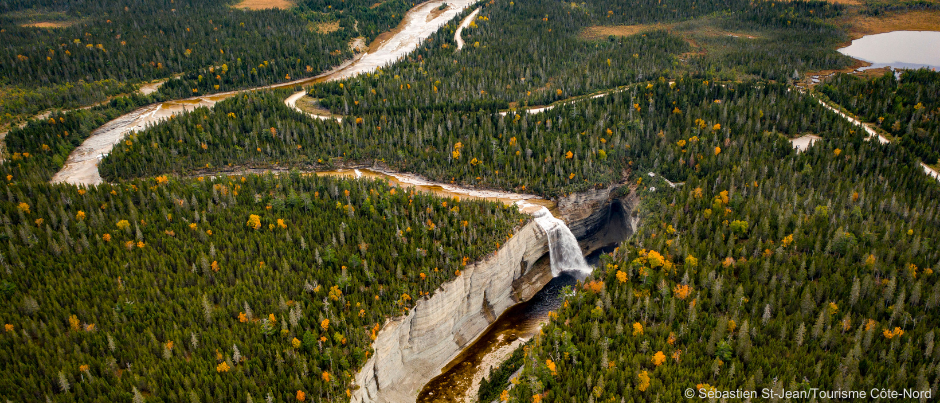
What it is: Located on Anticosti Island, this park is a true haven of peace for wildlife and wilderness enthusiasts. Added to the UNESCO World Heritage List in 2023, the island is a Québec gem worth discovering.
Where it is: The park is on Anticosti Island, at the mouth of the St. Lawrence, in the Côte-Nord region. There are two ways to get to the island: you can fly from Montréal, Québec City or Mont-Joli, or hop on a boat in Rimouski, Sept-Îles or Havre-St-Pierre.
When it’s open: The park is open from June 20 to August 30. During the rest of the year, activities and accommodation options are limited.
What to do in the park: The park is home to a wide variety of natural gems, including the famous Vauréal Falls, which is accessible via the Canyon-de-la-Vauréal trail, a 7-km (4.3-mi.) round-trip hike. As you walk through the canyon leading to the immense 76-metre (249-foot) waterfall, you can admire breathtaking cliffs that rise 90 metres (295 feet) on either side of you. If you’re looking for peace and quiet, this secluded spot is the perfect place to get away from it all. Be sure to also stop at the nearby lookout to soak up a splendid view!
Lodging options: The park offers lodges, cabins and campsites.
As a bonus: Anticosti Island is home to about 115,000 white-tailed deer! You’ll be able to observe them roaming around in complete freedom—they’ll soon become your daily companions!
The national parks found in the maritime regions of Québec offer incredibly diverse wilderness experiences, from discovering archaeological treasures to encountering exceptional wildlife species on land and at sea. Each park reveals a unique facet of Québec’s natural beauty. So what are you waiting for? Come and explore these natural gems that make us so proud!

(0) comment